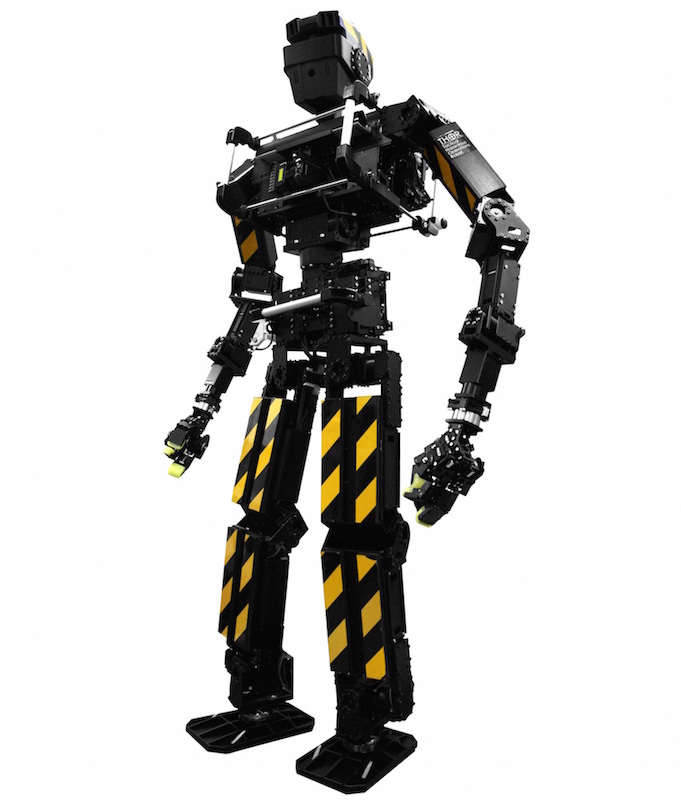25 Robots Set to Compete in Ambitious Contest This Summer

This summer, 25 robots from around the world will go head to head in a competition to test how machines could one day provide assistance after natural or man-made disasters.
Fourteen new teams from around the world, including participants from Germany, Hong Kong, Italy, Japan, China, South Korea and the United States, have joined 11 previously selected teams to compete in the June event, hosted by the U.S. Defense Advanced Research Projects Agency (DARPA) in Pomona, California.
As part of the event, the bots will attempt tasks such as walking about 30 feet (10 meters), activating an emergency shut-off switch and getting up from a lying position. The winning three teams will take home a combined $3.5 million in cash prizes, DARPA officials said. [See photos from the 2013 DARPA Robotics Challenge]
The DARPA Robotics Challenge, which began in 2012, is a competition to build human-controlled robots that may be used to perform challenging tasks that are dangerous for humans.
"We are trying to make robots and human beings work together," Gill Pratt, program manager for the contest, said Thursday (March 5) in a news conference. "Robots are very good at working in dangerous environments, while humans are very good at making judgment calls," he said.
In December 2013, 16 teams competed in the DARPA Robotics Challenge Trials, to compete for funding to take part in the Robotics Finals. In contrast to the trials, the finals will require the robots to be untethered, which means the machines will need to be able to keep their balance or recover from a fall, adding a new level of difficulty, Pratt said. The robots must also have a battery or other onboard power source, he added.
"Usually, communications get very poor during disasters," both because the infrastructure becomes degraded and because emergency responders are all trying to use it at the same time, Pratt said.
Get the world’s most fascinating discoveries delivered straight to your inbox.
To mimic this scenario, the competition's organizers will intentionally degrade the communications links between the robots and their human controllers, requiring that the bots be semiautonomous, or capable of acting partially on their own.
"A lot of the teams are doing good work in autonomous perception," Pratt told Live Science in the briefing. But he made it clear that none of the robots were "thinking for themselves."
The finalists are working with a diverse array of robot designs, in terms of both hardware and software, such as RoboSimian, NASA's Jet Propulsion Laboratory's primate-like robot, while Germany's Momaro robot resembles a torso on four wheels. Seven of the teams are using the upgraded Atlas robot from Boston Dynamics, a Google-owned robotics company based in Waltham, Massachusetts, but each of those will run unique software or other adaptations, Pratt said.
During this year's competition, each robot will have one hour to complete the course. First, the 'bots must drive a vehicle to a simulated disaster zone and walk about 30 feet (10 m) over a field of obstacles and debris. Then, the robots must rotate a circular valve, hook up some wires, cut a hole through a wall, climb up some stairs and exit a building. There will also be a surprise task, for which the teams won't be prepared in advance, Pratt said.
Teams will earn points for completing each of the tasks, and the one with the most points wins. If teams are tied, the one that completed the course faster will win.
In addition to the robotics challenge, DARPA is hosting a competition for high school students to create a video that address concerns about robotic intelligence and society. A panel of roboticists and ethicists will select five winners, who will be invited to attend the competition in California. The deadline for entering this video contest is April 1, and entries can be submitted on the contest website.
Follow Tanya Lewis on Twitter. Follow us @livescience, Facebook & Google+. Original article on Live Science.



